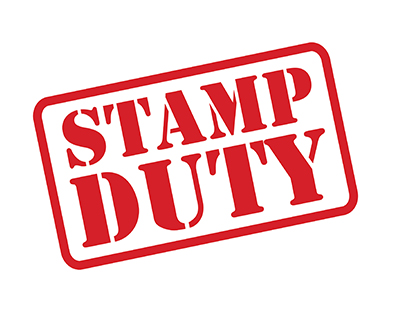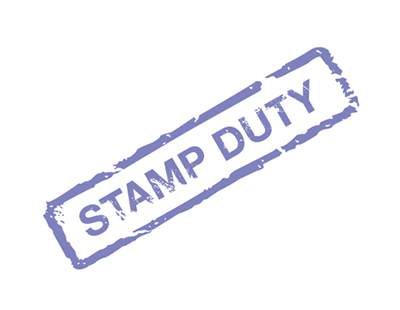
A tax and legal specialist says there’s been a huge rise in stamp duty refund cases between March and June - the peak Coronavirus crisis period.
London barriser Patrick Cannon says the surge is linked to the crisis because many more home owners and property investors have had time to investigate the problem of over-paid SDLT.
“Homebuyers sometimes overpay stamp duty because their conveyancers either don’t have the information they need to decide that a stamp duty relief applies, or they wrongly decide that a relief cannot be claimed. Conveyancers, on the whole, take a conservative view - many prefer not to make a claim if there is any doubt, so that they do not risk coming into conflict with HMRC” explains Cannon.
He adds that having worked in the sector for many years, 2020 is the busiest he has seen in terms of refund cases, typically in instances when stamp duty relief applies such as on second homes, mixed use properties and multiple-dwellings.
“Stamp duty is higher for residential properties, but the rules are so complex that many conveyancers and advisers fail to understand them properly. Some think that the three per cent additional rates are payable when they are not. In other instances, they fail to factor in multiple dwellings relief, where a property has more than one self-contained unit, such as a house with an annex.
“Alternatively, those who buy a mixed-use property – i.e. both residential and non-residential – are eligible to pay lower rates of stamp duty, but the definition of what is a mixed-use property is currently a matter of debate with HMRC. There are several cases currently before the Upper Tribunal awaiting a clearer definition.”
In recent weeks, in response to the pandemic, HMRC has relaxed strict time limits on the payment of the three per cent surcharge.
“In most cases the refund claim should be made to HMRC within 12 months and 14 days of completing the purchase, but in certain cases, a period of four years is available. HMRC’s SDLT calculator enables property owners to work out the rates of stamp duty” explains Cannon.
“However, in my experience, many people find the process of claiming back their stamp duty complex and time-consuming, especially after the inevitable stress of house-buying.”


























Join the conversation
Jump to latest comment and add your reply
I had had a pre-marital property since April 2010 which was first let out in June 2010 and since then it has still been let out. Me and my husband then bought a joint property in Mar 2013. We lived there until March 2016 and then relocated to another place due to work. That joint property was let out from July 2016 to June 2018. In the mean time me and my ex husband had split up. The property went on the market for sale in July 2018. Only after nearly 2 years, our property is now SSTC. This was mainly because my ex husband was not agreeable to reduce the asking price. I am hoping to buy another house after the sale of our joint house (whilst still holding on to my pre-marital house which is still being rented out). Will I have to pay a surcharge on the stamp duty for the purchase of my new house ? The new house will be a replacement of my old main residence but I had not lived in the old main residence in the 3 years preceding the purchase of my future new house. Will the fact that I had got divorced and my ex husband was not agreeing for the reduction of the asking price, be considered as 'exceptional' by the HMRC ? Kindly advise.
Please login to comment